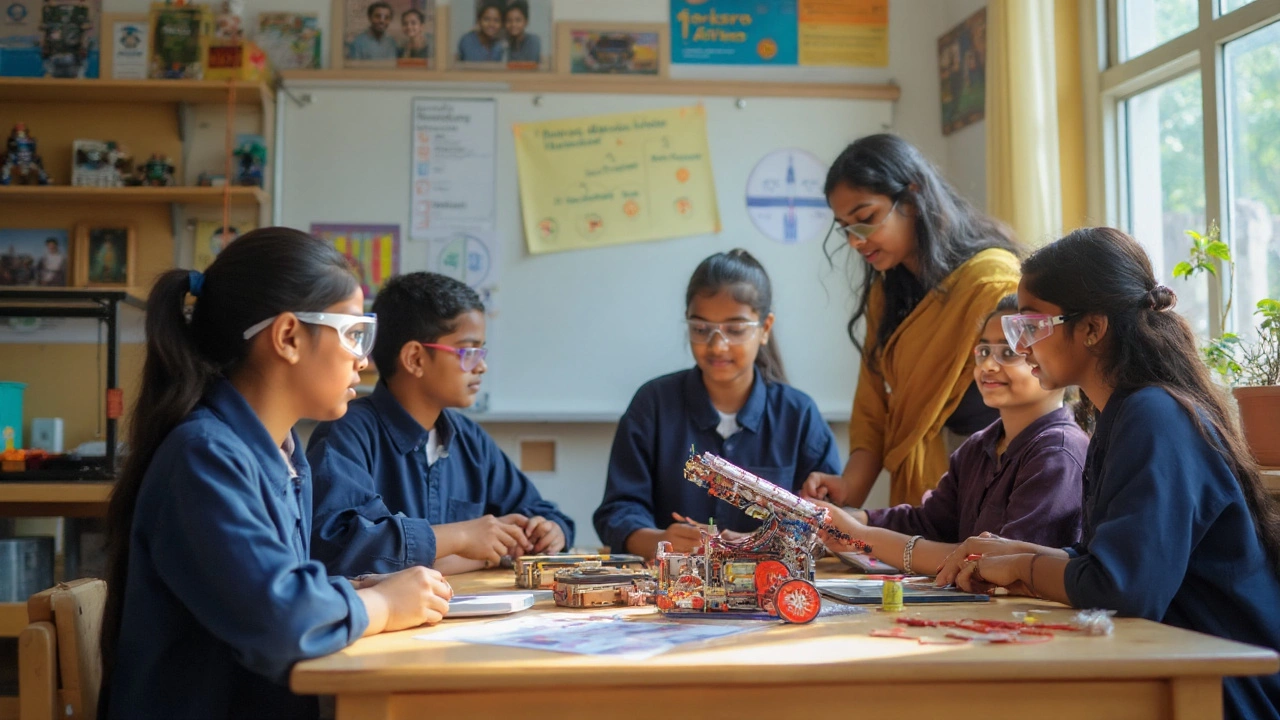STEM Meaning: What It Really Is and Why It Matters in India
When people say STEM, Science, Technology, Engineering, and Mathematics—a combined field driving modern innovation and problem-solving. Also known as science and engineering education, it's not just what you study in school—it's how India is building its future. You might think of lab coats and calculators, but STEM is really about solving real problems: cleaning water in rural villages, designing solar grids for off-grid towns, building affordable medical devices, or using AI to predict crop failures. It’s not about memorizing formulas. It’s about asking ‘how can we fix this?’ and then building the answer.
At its core, science, the systematic study of the natural world through observation and experiment gives us the facts—like why wind is the cleanest energy source or how CRISPR edits genes. technology, the practical application of scientific knowledge to create tools, systems, or solutions turns those facts into things you can use—like solar panels that cost less than coal or chatbots that help farmers check soil health. engineering, the design and construction of systems, structures, or processes to meet specific needs makes sure those tools actually work in real life—whether it’s a vaccine delivery system that survives India’s heat or a water purifier that doesn’t need electricity. And mathematics, the language of patterns, logic, and quantitative relationships is the invisible thread tying it all together—helping data scientists understand disease trends, engineers calculate bridge loads, or biotech firms predict how a drug will behave in the body.
What you’ll find here isn’t theory. It’s what’s actually happening in India right now. You’ll read about how public health programs stopped polio, how transfer agents turn lab discoveries into real medicines, why data scientists spend more time talking to nurses than coding, and how solar energy is growing faster than any other source. You’ll see how biotech salaries are rising, how AI isn’t magic—it’s just fixed rules—and how clean energy isn’t about being green, it’s about being smarter and cheaper. This isn’t a classroom. It’s a snapshot of India’s innovation engine—built by people who didn’t wait for permission to solve problems. If you want to know what STEM really looks like when it works, you’ll find it here.




